We love a good musical build, and this one is no exception. For their ECE4760 final project, [Wendian Jiang], [Hanchen Jin], and [Lin Wang] of Cornell built the nicest-looking touch piano we’ve seen in a while. It has five 4051 multiplexers that take input from 37 capacitive touch keys fashioned from aluminium foil and copper tape. Thanks to good debounce code, the sounds are clean even though the keyboard is capable of four-note polyphony.
A PIC32 and a Charge Time Measurement Unit (CTMU) module generate a small, steady current that charges up the keys. The PIC scans the pins continuously waiting for touch input. When human capacitance is detected, the value is compared with the base capacitance using the ADC and the sound is generated with the Karplus-Strong algorithm.
The group’s original plans for the project included a TFT screen to show the notes on a staff as they are played. While that would have been awesome, there was just too much going on already to be able to accurately capture the notes as well as their duration. Check it out after the break.

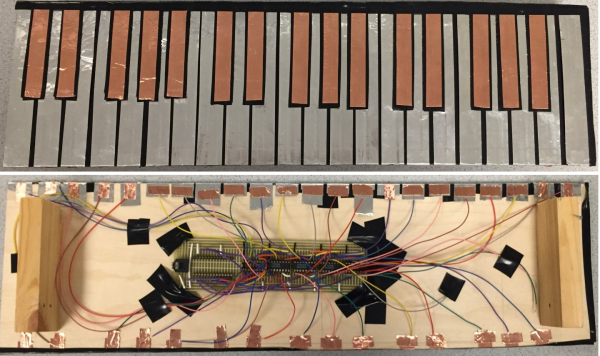

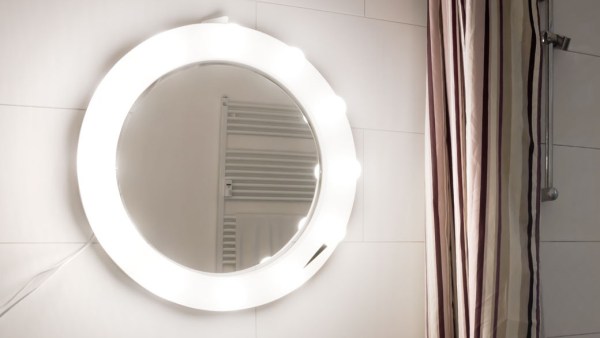
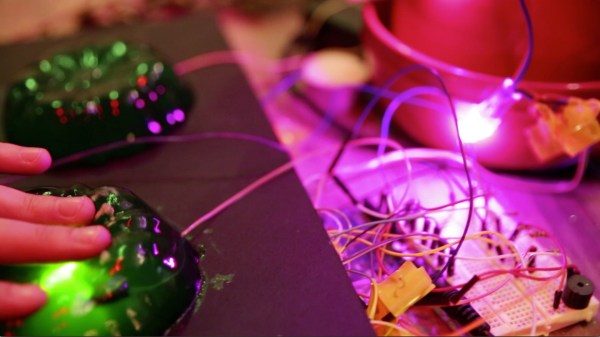
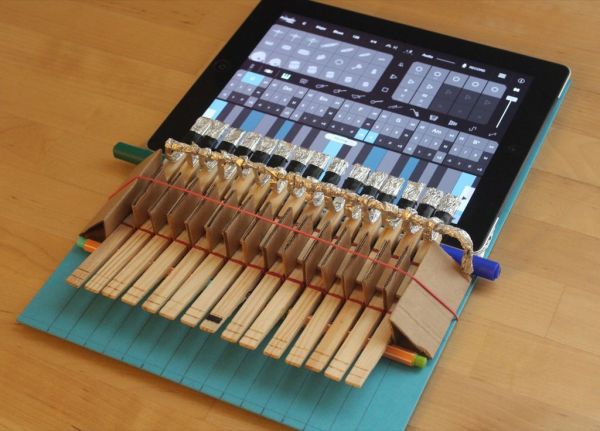
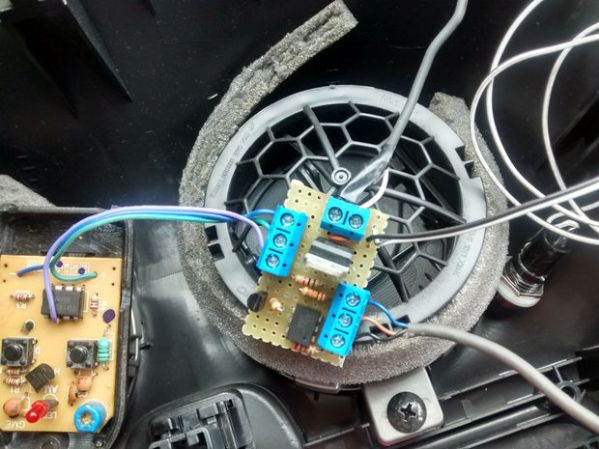
 Flappy Bird has been ported to just about every system imaginable, including but not limited to the Apple II, Commodores, pretty much every version of the Atari, and serves as a really great demonstration of the TI-99’s graphics capabilities. Porting is one thing, but having a computer automate Flappy Bird is another thing entirely. [Ankur], [Sai], and [Ackerly] in [Dr. Bruce Land]’s advanced microcontroller design class at Cornell
Flappy Bird has been ported to just about every system imaginable, including but not limited to the Apple II, Commodores, pretty much every version of the Atari, and serves as a really great demonstration of the TI-99’s graphics capabilities. Porting is one thing, but having a computer automate Flappy Bird is another thing entirely. [Ankur], [Sai], and [Ackerly] in [Dr. Bruce Land]’s advanced microcontroller design class at Cornell 








